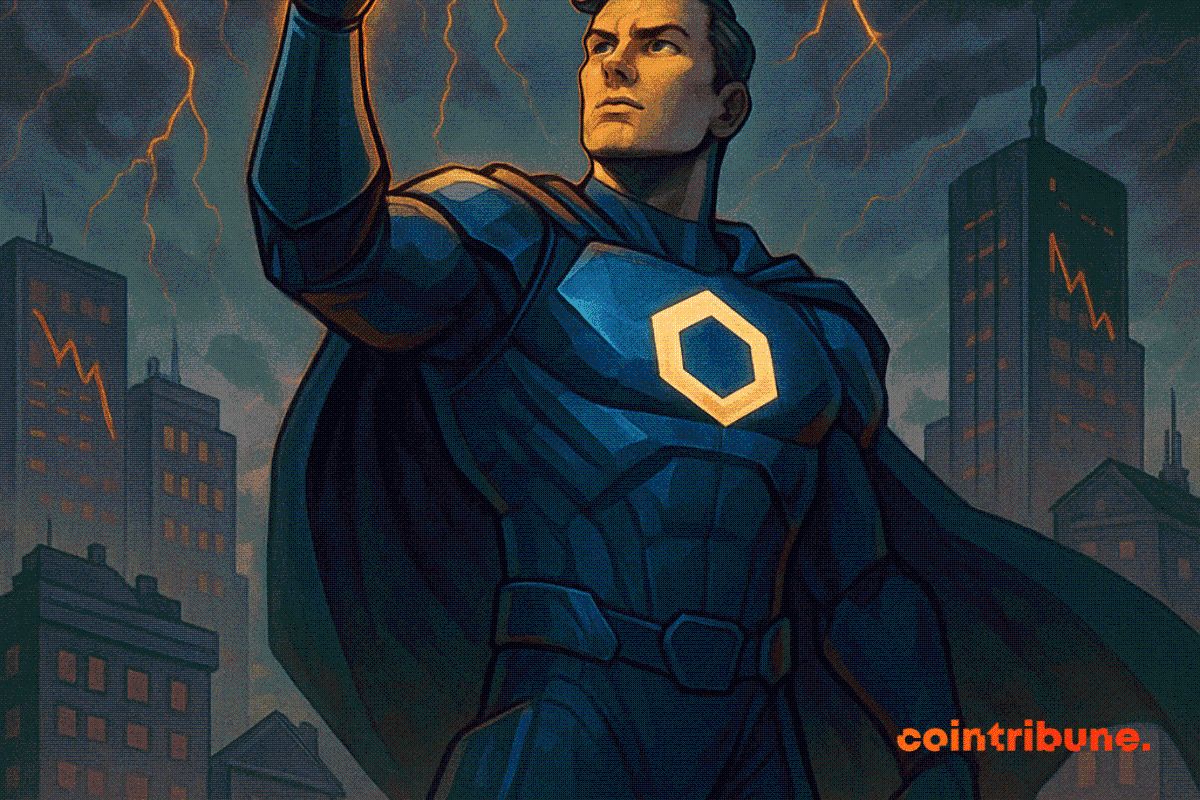[Long Read] Interpreting Vitalik's Proposed Minimal zkVM for Ethereum: What Are the Highlights?
Chainfeeds Guide:
Overall, I feel that Ethereum's recent streamlined consensus roadmap is essentially no different from Solana's recent Alpenglow and Firedancer upgrade roadmaps. In essence, both aim to achieve performance leaps through consensus simplification. However, the technical debt accumulated by Ethereum over the years is still too heavy, and it will take at least another 4-5 years of restructuring.
Source:
Author:
Haotian
Opinion:
Haotian: Ethereum's past updates have always been patchwork fixes, resulting in too much technical debt. But this roadmap at least shows that Ethereum is truly starting from scratch, reminiscent of the boldness when it switched from POW to POS. Even the BLS elliptic curve signature is being abandoned in favor of hash signatures. Although BLS was a key contributor to the beacon chain implementation, it has become the biggest bottleneck in terms of cost and efficiency for full ZK adoption. The goal of this move is to make Ethereum a truly ZK-Native chain. Surprisingly, six zkVM technical routes are being explored simultaneously—not for general-purpose computation, but for the ultimate optimization of signature aggregation. Solutions like SP1, OpenVM's general customization, Binius, and Hashcaster's specialized approaches are all being advanced at the same time. This actually introduces a zkVM "horse race" mechanism, aiming to maximize the performance of Ethereum's zkVM. However, I noticed that the zkVM pioneer, Risc Zero, seems to be absent. On reflection, it makes sense: Risc Zero aims to serve a much larger, general-purpose zkVM market, while Ethereum only needs extreme customization for signature aggregation. With a broader vision, it is less interested in specialized optimization. The staking threshold is reduced from 32ETH to 1ETH, and block time is reduced from 12s to 4s. These performance optimizations are direct and visible effects after the hash signature and zkVM upgrades, further fulfilling Ethereum L1's high-performance mission. However, this brings up a question: what value remains for those general-purpose layer2s that are simply cheaper and more efficient? The only path ahead for them is to turn into Specific-Chains (game chains, payment chains?), or Based Rollup models may become mainstream instead. After all, with L1 performance improvements, handing the Sequencer over to L1 becomes even more reasonable.
Source of ContentDisclaimer: The content of this article solely reflects the author's opinion and does not represent the platform in any capacity. This article is not intended to serve as a reference for making investment decisions.
You may also like
Bitcoin hits 6-month low as AI fears add to risk-off mood: How are pro traders positioned?

Kiyosaki Predicts Massive Money Printing

ETF Canary Launch Has Little Impact On XRP

Chainlink Dominates RWA With Technical Strength

